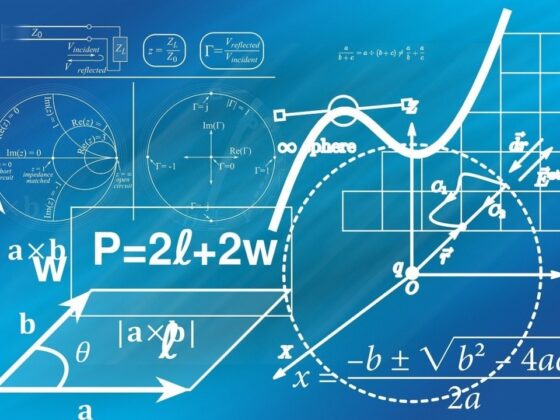In the age of rapidly advancing technology, the debate between using AI content detectors and traditional methods for assessing the effectiveness of written pieces has become more pertinent than ever. One key distinction between the two lies in the way content is analyzed and evaluated. Traditional methods typically rely on human judgement and manual inspection, often resulting in subjective assessments.
On the other hand, AI content detectors utilize algorithms and machine learning to automatically process and evaluate text, providing a more objective and efficient approach. Despite their differences in approach, both methods have their advantages and limitations, making it essential to compare their effectiveness in achieving the desired outcomes. This article delves into the comparison between AI content detectors and traditional methods, shedding light on their respective strengths and weaknesses in the context of content evaluation.
Introduction to AI Content Detector and Traditional Methods

As the digital landscape continues to evolve, the need for effective content detection methods becomes increasingly important. In this article, we will explore the differences between traditional content detection methods and the advancements made through artificial intelligence.
When it comes to distinguishing between the two, a key distinction lies in the variation of sentence structures used. While humans tend to write in a varied style, incorporating both complex and simple sentences, AI content detectors often produce more uniform text. Understanding these differences is crucial in determining the most effective approach to content detection in todays fast-moving digital world.
Overview of AI Content Detector Technology

When it comes to detecting content, AI technology has revolutionized the process by efficiently analyzing and categorizing text. Traditionally, human-based methods relied on subjective judgment and manual review, which could be time-consuming and prone to error. With AI content detectors, the process is streamlined and more accurate, thanks to sophisticated algorithms that can quickly scan and interpret vast amounts of data.
The ability of AI to automate this task has significantly improved the efficiency and effectiveness of content detection, making it an essential tool for businesses and organizations seeking to monitor and manage their online presence. While traditional methods may still have their place, the power of AI content detectors cannot be underestimated in todays fast-paced digital world.
Explanation of Traditional Methods for Detecting Content

Traditional methods for detecting content rely heavily on manual review and analysis by trained individuals. These individuals are typically experts in the specific field or subject matter, allowing them to quickly identify inconsistencies or inaccuracies within the content.
Additionally, traditional methods may also utilize tools such as plagiarism detectors or grammar checkers to ensure the content is original and error-free. By combining human expertise with technological tools, traditional methods can effectively detect and address potential issues in content before it is published.
Conclusion
In conclusion, the comparison between AI content detectors and traditional methods has shown that AI technology offers a more efficient and effective way to detect and analyze content. With its ability to process large amounts of data at high speeds and adapt to new trends and patterns, AI content detectors outperform traditional methods in accuracy and reliability.
While traditional methods still have their place in certain situations, the advancements in AI technology provide a promising future for content detection and moderation. As the demand for content scrutiny continues to grow, integrating AI content detectors into existing systems will likely become the new standard for ensuring online safety and compliance.


